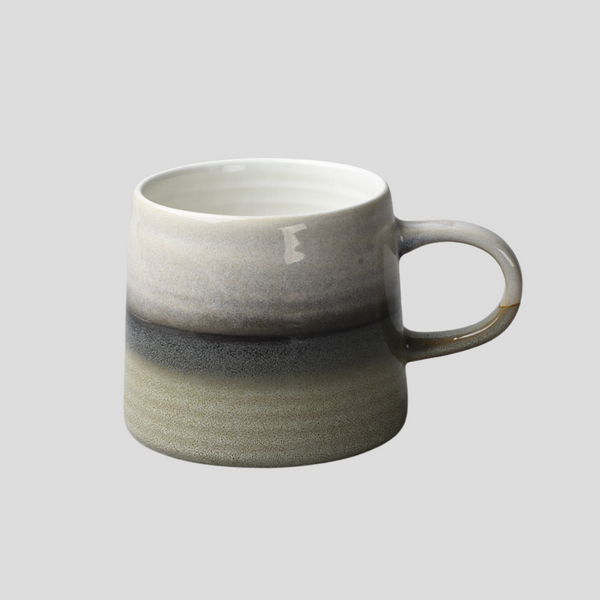
Exploring the Beauty of Hagi Yaki Ceramics
Introduction to Hagi Yaki Ceramics
Hagi Yaki, a distinguished and traditional form of Japanese pottery, originates from Hagi, a city in the Yamaguchi Prefecture. Renowned for its subtle, earthy aesthetics and utilitarian elegance, Hagi Yaki ceramics have garnered widespread appreciation among art collectors, tea ceremony practitioners, and ceramic enthusiasts worldwide. The beauty of Hagi Yaki lies in its understated color schemes, unique textures, and the profound philosophy it embodies — a testament to the Wabi-Sabi aesthetic that celebrates the beauty in imperfection.
The History of Hagi Yaki Ceramics
The origins of Hagi Yaki date back to the early 17th century, following the Korean Invasion by Japan. Korean potters, captured and brought back to Japan, began producing ceramics, applying techniques and styles from the Joseon Dynasty. These potters laid the groundwork for what would evolve into the Hagi Yaki ceramics we admire today. Over centuries, Hagi ware has continued to evolve, integrating both Japanese and Korean ceramic traditions, yet has remained true to its roots in its appreciation for natural beauty and simplicity.
The Unique Characteristics of Hagi Yaki
Several characteristics distinguish Hagi Yaki from other types of Japanese pottery. Firstly, the use of a local, highly porous clay creates a soft, warm texture that feels comforting to the touch. This clay also contributes to the unique glazes applied to Hagi ware, resulting in subtle color variations and a depth of surface that appears to change with use and age. Another hallmark of Hagi Yaki is its embrace of imperfections — a chip or crack is not seen as a flaw but as an addition to the piece's story and character, echoing the principles of Wabi-Sabi.
Celebrating Functionality and Aesthetics
Hagi Yaki ceramics are not only appreciated for their visual and tactile qualities but also for their functionality. The pottery is primarily created for daily use, particularly in the tea ceremony, a pivotal aspect of Japanese culture. Hagi ware cups, bowls, and vessels are designed to enhance the sensory experience of tea drinking, from the way the lip of a cup feels against the skin to how the vessel sits in one’s hands. The functionality of Hagi Yaki, coupled with its natural aesthetics, allows for a deeper connection to the act of tea drinking, turning it into a meditative and introspective endeavor.
Preservation and Modern Interpretation
Today, Hagi Yaki continues to be produced by a dedicated community of artisans who uphold the traditions and techniques passed down through generations. These contemporary potters respect the historical essence of Hagi Yaki while also infusing their work with personal interpretation and modern sensibilities. As a result, Hagi Yaki remains a vibrant and evolving form of ceramics, bridging the gap between past and present, and tradition and innovation. Festivals, exhibitions, and workshops frequently celebrate and showcase the art of Hagi ware, offering both locals and visitors from around the world an opportunity to engage with this captivating aspect of Japanese culture.
Conclusion
Hagi Yaki ceramics embody a unique blend of history, functionality, and beauty, offering a tangible connection to Japan's rich cultural heritage. Through its understated elegance, Hagi ware invites us to appreciate the beauty in simplicity, imperfection, and the natural world. As we continue to explore and celebrate Hagi Yaki, we not only preserve a precious art form but also carry forward the profound philosophies it represents, making it forever relevant in a fast-paced, modern world.
Click this link to check out our ceramic artwork!
















































